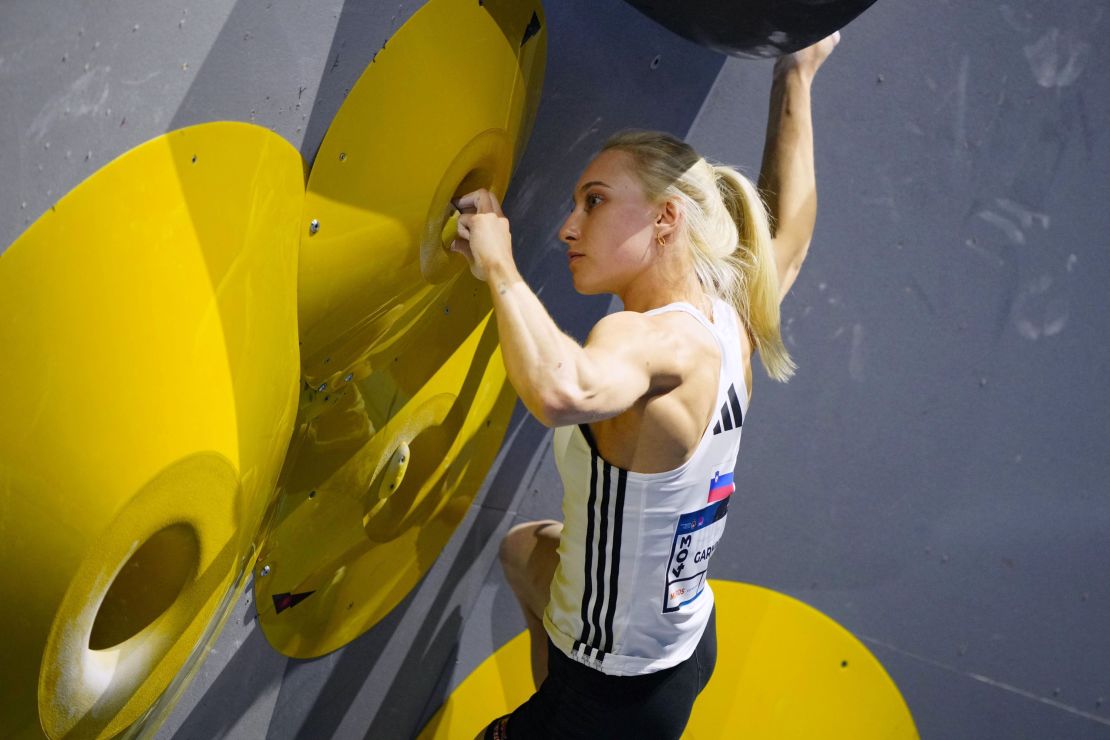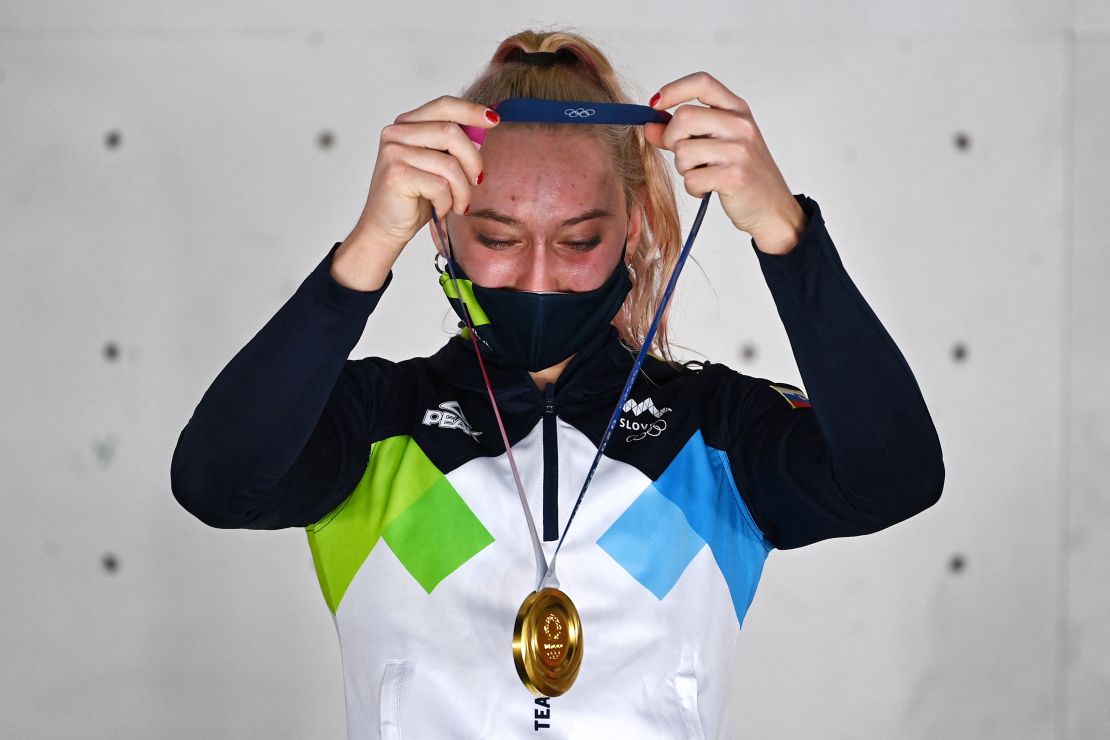The timeless rivalry between England and the All Blacks is rarely decided by a gulf in class, but by the finest of margins: a single penalty, a fractionally missed drop-goal, or the nerve of a playmaking decision made deep in the Death Zone. Over the last two Autumn campaigns, the Twickenham clashes have served as the ultimate psychological crucible for Steve Borthwick’s England, with the identity of the starting fly-half—George Ford or Marcus Smith—becoming the defining selection debate of the modern era. More than just determining the outcome of the fixture, these choices carry immense weight for the players involved, acting as the most public, high-stakes audition for the next British & Irish Lions tour. Every ruck, every tackle, and every strategic kick in the clash against the Southern Hemisphere giants is a direct, unforgiving measure of an English player’s readiness for the ultimate tour experience.
The Ultimate Test: A Rivalry Decided by the Clock
For any England side, the fixture against the All Blacks remains the ultimate barometer of true Test-level readiness. It is a contest that demands not just physical supremacy but an almost pathological level of accuracy and composure under pressure. The 2024 Autumn Nations Series opener provided a brutal lesson in the agonizing cost of falling short.

That narrow 24-22 defeat was a classic Twickenham epic, one that left a deep psychological scar on the English camp. England had fought tooth and nail, rallying after an early All Blacks surge, largely guided by the controlling hand of the starting fly-half, Marcus Smith. Yet, in the final, frantic moments, the match slipped away, culminating in George Ford missing a late penalty before an agonizing drop-goal attempt sailed wide. The match was a microcosm of England’s post-World Cup struggles: close, competitive, but lacking the ruthlessness required to close out victories against the world’s elite. The result underscored a harsh reality: winning the physical contest is meaningless without the mental clarity to deliver the knockout blow when the clock is red.
The subsequent 2025 fixture was therefore freighted with the burden of redemption, particularly for the players involved in the previous year’s heartbreak. The need to reverse the narrative—to prove that England could finish the job—was palpable. The selection decision for that game, arguably, hinged entirely on avoiding the kind of late-game indecision that had proved so costly.
The Half-Back Gambit: Ford, Smith, and the Number 10 Paradox
No selection decision in the Borthwick era has generated more debate than the choice between the two premier fly-halves: George Ford, the master strategist and calm leader, and Marcus Smith, the creative conductor and explosive runner. The 2024 defeat brought this dilemma into sharp, painful focus when Borthwick opted to replace the in-form Smith with Ford late in the second half, a move heavily criticized by pundits who felt the substitution cost England their momentum and attacking edge.

However, the subsequent 2025 victory proved the necessity of Borthwick’s deep trust in his experienced lieutenant, Ford. Given the nod to start, Ford delivered a commanding performance, reversing the misery of a year prior. He scored 13 points and, critically, maintained the composure that had deserted the side in 2024, notably slotting two drop goals to keep the scoreboard ticking and prevent the All Blacks from running away with the momentum. Ford’s performance was the epitome of Test-match control, showcasing his “brilliant player, an outstanding leader” qualities, as lauded by Borthwick.
This debate, therefore, is not about capability but synergy. The selection of Ford alongside Alex Mitchell, the Northamton scrum-half, in 2025 created a partnership based on security, precision, and tactical kicking. Conversely, Smith, when he enters the fray from the bench, is the ‘Bomb Squad’ specialist: a late-game disruptor brought on to inject blistering pace and counter-attacking unpredictability. The fly-half paradox is England’s greatest strength and vulnerability, representing the constant tension between structure and spontaneity.
The Engine Room Audit: Lions Call-Ups and the Pom Squad
The selection decisions made by Steve Borthwick for the All Blacks fixture are not made in a vacuum; they are dissected by the Lions coaching staff as a key indicator of a player’s temperament under pressure. The forwards pack, in particular, is subject to the most stringent audit.

The engine room of the English pack has been built around the constant excellence of Maro Itoje, who has taken on the mantle of captaincy and delivers world-class physicality week in and week out. Itoje’s performance in the tight exchanges and at the breakdown serves as a non-negotiable benchmark for any forward hoping to wear the red jersey. Alongside him, the selection of the front row—veteran Jamie George at hooker, supported by the dynamism of Ellis Genge—balances experience with aggression. Genge’s continued excellence, despite being rotated with younger talent, keeps him firmly in the frame for a starting Lions spot.
Borthwick’s deliberate use of a ‘Pom Squad’ bench—often favouring a 6-2 split of forwards and backs—further emphasizes that Test rugby is a 23-man contest. Impact players like Tom Curry, Ellis Genge, and younger talents like Chandler Cunningham-South are strategically held back to ensure a monumental finish. This strategy of overwhelming the opposition with a wave of world-class replacements in the final quarter showcases the depth of the English forward pool, allowing these bench players to effectively audition for the Lions as finishers.
The Midfield Matrix: Power, Pace, and the Audition Process
While the half-backs dictate the strategy, the midfield and back three provide the necessary cutting edge, and no player better embodies this requirement than centre Ollie Lawrence. Lawrence’s game is built on abrasive power and gain-line dominance, providing the vital forward momentum that allows the half-backs to operate. His consistent inclusion in the starting XV against the All Blacks demonstrates Borthwick’s belief in a direct, physical platform.

His partner, Henry Slade, provides the necessary contrast with tactical kicking and a subtle, distributive game. The balance between Lawrence’s blunt force and Slade’s class is designed to break down the All Blacks’ aggressive defence. Out wide, the explosive rise of Immanuel Feyi-Waboso has confirmed his status as a key English attacking weapon. His try-scoring exploits in both the 2024 and 2025 fixtures against New Zealand—including a stunning finish set up by a Smith interception—mark him out as a genuine world-class wing, fast-tracking his credentials for the next Lions tour.
The performance of these backs is magnified by the knowledge that the current All Blacks backline, featuring the speed of Will Jordan and the power of Mark Tele’a, is globally recognized. To hold one’s own, or indeed, to outshine them, is the purest form of Lions validation.
Coach’s Gambit: Balancing Experience and Future Legacy
Ultimately, the England team news is a reflection of the coaching staff’s broader strategic ambition. Steve Borthwick’s selections—such as opting for the security of Ford, entrusting Itoje with the captaincy, and integrating young, talented forwards like Guy Pepper and Fin Baxter—reveal a commitment to an evolutionary rather than revolutionary path.
The constant tension lies in the need to win now to maintain confidence and fan support, while simultaneously preparing a squad robust enough for the 2027 World Cup cycle. Borthwick’s method is clear: he prizes consistency in certain key roles (like Ford or Itoje) but demands relentless pressure from his bench, rewarding those who can deliver intensity in short, sharp bursts. His success in steering the team to a major victory over the All Blacks in 2025, a game where the team showed maturity and executed key drop goals, provided the signature win his tenure desperately needed. The selection choices for these fixtures against the ultimate rival are not mere roster announcements; they are the calculated gambits of a coach shaping a winning culture, one player, one tough decision, and one unforgettable victory at a time.




